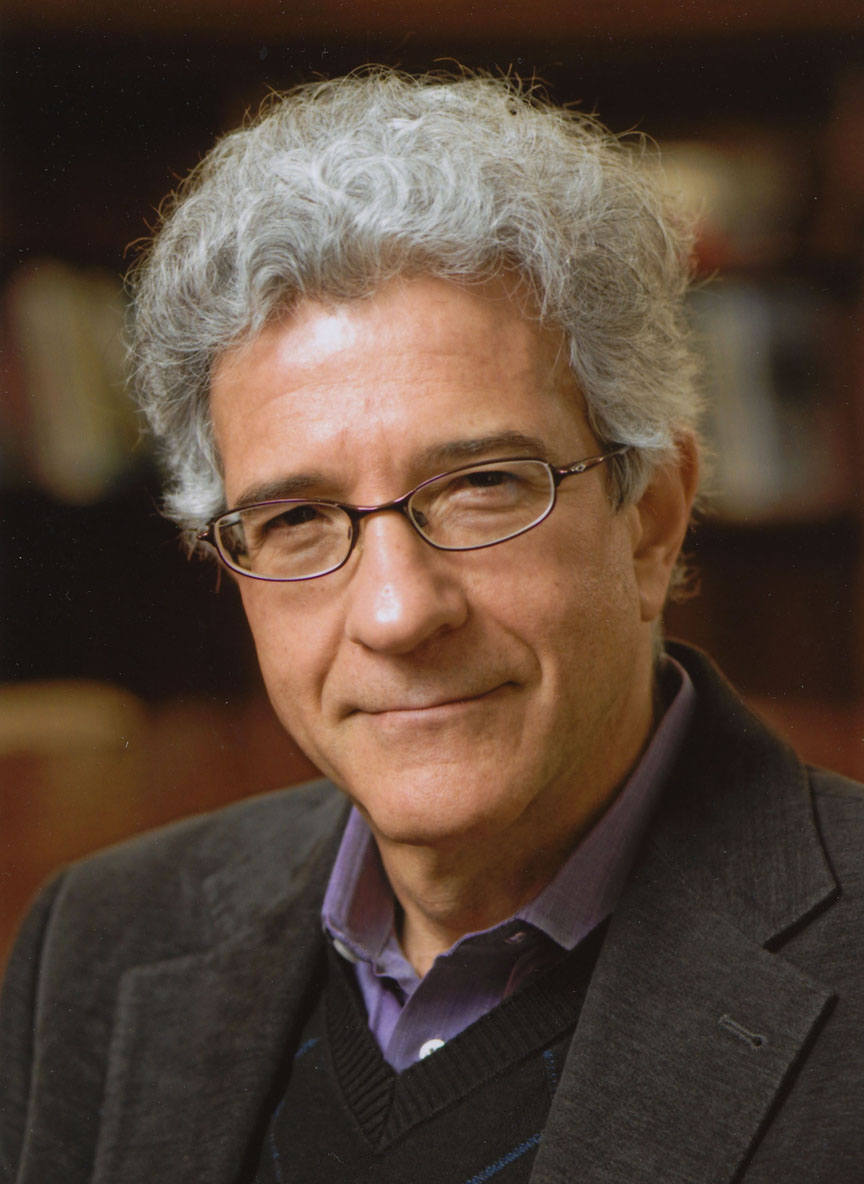PROVIDENCE, R.I. [Brown University] — Brown University President Christina Paxson will officially open the University’s 250th academic year during Opening Convocation, Tuesday, Sept. 3, 2013, at 4 p.m. on the College Green. Omer Bartov, professor of history, will deliver the opening address titled “Education, Power and Conformism.”

The Opening Convocation ceremony begins with the traditional procession of incoming students through the Van Wickle Gates onto the College Green. This year, Brown welcomes 1,537 first-year students, 639 graduate students, 120 medical students, 70 transfer students, and nine students enrolled in the Resumed Undergraduate Education program.
This event will be presented live online at www.brown.edu/web/livestream/.
Omer Bartov
Born in Israel and educated at Tel Aviv University and St. Antony’s College, Oxford, Bartov began his scholarly work with research on the Nazi indoctrination of the German Wehrmacht under the Third Reich and the crimes it committed during the war in the Soviet Union. This was the focus of his first two books, The Eastern Front, 1941-1945, and Hitler’s Army. He has also studied the links between World War I and the genocidal policies of World War II, as well as the complex relationship between violence, representation, and identity in the 20th century — topics he addresses in his books Murder in Our Midst, Mirrors of Destruction, and Germany’s War and the Holocaust.
His monograph, The “Jew” in Cinema, examines the recycling of antisemitic stereotypes in European, American, and Israeli films. His most recent book, Erased: Vanishing Traces of Jewish Galicia in Present-Day Ukraine, indicates the new direction of his research on interethnic relations in the borderlands of Eastern Europe. The framework for this research was created in a multiyear collaborative project on the borderlands of Eastern Europe led by Bartov at the Watson Institute for International Studies. Bartov is currently completing a major monograph titled The Voice of Your Brother’s Blood: Buczacz, Biography of a Town.
Bartov is the recipient of fellowships from the National Endowment for the Humanities, the American Academy in Berlin, the Radcliffe Institute at Harvard, the Guggenheim Foundation, the Davis Center at Princeton, and others. He is also a member of the American Academy of Arts and Sciences. His books have been translated into many languages. Bartov has also written for The New Republic, The Nation, The Times Literary Supplement, The New York Times Book Review, The Washington Post, and other European and Israeli journals.
The Class of 2017
A total of 28,919 students applied for admission to Brown’s undergraduate Class of 2017. The University admitted 2,656 students (9.2 percent), yielding a matriculating class of 1,537:
- Gender: 755 men (49%) and 782 women (51%);
- Diversity: 40 percent of the Class of 2017 are students of color;
- First-generation: 17 percent of students are first-generation college students;
- Academic interests: The most popular intended areas of concentration are engineering, biology, computer science, economics, and international relations;
- Geographic area: The Class of 2017 comes from 47 U.S. states and 66 countries. Fifteen percent of students are international. The top foreign countries represented are China, Canada, India, Korea, and United Kingdom.
- Financial aid: 46 percent of the Class of 2017 will receive need-based scholarship or grant aid. Sixty-four percent of those students will have no loans in their financial aid awards, and 37 percent will have no expected parental contribution from income.
The Graduate School
A total of 9,215 students applied to begin master’s and doctoral programs at Brown. The University admitted 1,535 (17%), yielding a matriculating class of 639. Selectivity for Ph.D. programs was 10 percent. Thirty-three percent of incoming graduate students are international. The top foreign countries represented are China, India, Canada, and Korea.
The Warren Alpert Medical School
One-hundred and twenty new medical students will begin their studies at Brown. The Warren Alpert Medical School received 6,492 applications for its Class of 2017, the largest pool in the school’s history. The medical student body has been increasing in recent years, drawing students from several admission routes. Forty-five of the new students are entering the medical school portion of Brown’s eight-year Program in Liberal Medical Education, which they entered as high school graduates. Overall, matriculating medical students range in age from 21 to 35. Nearly 60 percent of incoming students concentrated in physical and life sciences or computer science as undergraduates, while 33 percent majored in the humanities.
